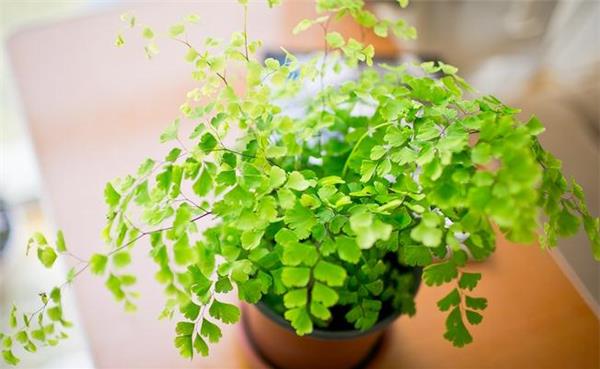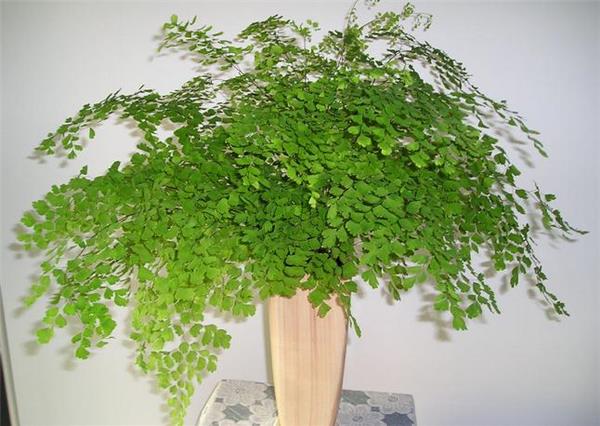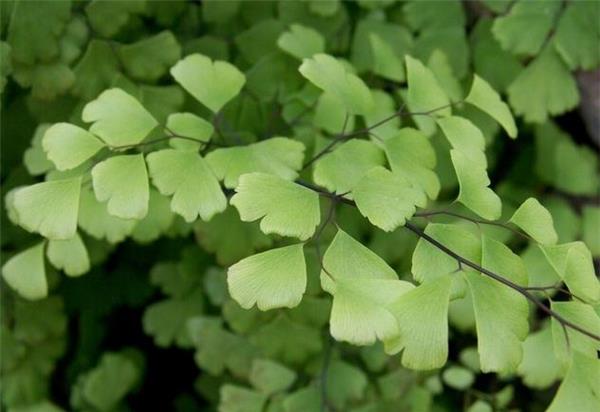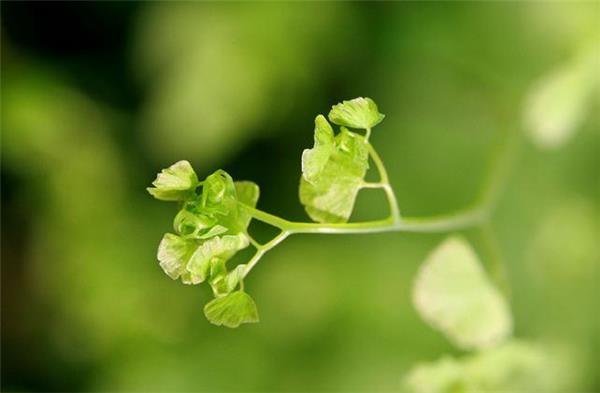Culture methods and matters needing attention of Dryopteris Dryopteris
Many friends do not have a special understanding of the breeding methods of Dryopteris, and there will always be some failures when cultivating Dryopteris. Today, let's introduce the breeding methods and matters needing attention of Dryopteris Dryopteris. Let's have a look at it together.

An introduction to Dryopteris Dryopteris
Dryopteris Dryopteris is a perennial evergreen herb, also known as iron grass, girl's hair, iron grass, water pig hairy soil. 0.1-0.5 m high. It is named Dryopteris Dryopteris because of its slender stem and color like iron wire. Dryopteris is an indicator of calcareous soil. There are also many varieties of Dryopteris Dryopteris, such as Dryopteris przewalskii, Dryopteris renifolia and so on. The flower language of Dryopteris is no regrets.
Dryopteris was originally wild in the wet rocks of the stream valley, like warm, humid and semi-shady environment, not cold-resistant, avoid direct sunlight. Like loose, fertile and calcareous sandy loam. Liquid fertilizer is applied once a week during the growing period, and pay attention to keep the basin soil moist and high air humidity.

How to raise Dryopteris
1, sufficient water, generally to keep the soil moist, and pay attention to maintain sufficient moisture during the growth of plants, and appropriately increase the humidity of the air in dry weather. Summer can not lead to lack of water, daily watering can not be wet for a while, suddenly dry, which causes the leaves to turn yellow.
2. The temperature is suitable, but the temperature requirements of Dryopteris are not very strict, but we should still pay attention to the high temperature in summer and the low temperature in winter. Generally, as long as the indoor temperature is above 5 degrees Celsius in winter, keep the cool and ventilated place at about 25 degrees Celsius in summer. If the sun shines directly, it will directly burn the leaves.
3. The fertility of the soil should not be too bad. Generally speaking, Dryopteris can grow in sandy soil rich in corrosive matter, and it can also be cultivated by purchasing culture soil. It is also important to apply fertilizer to the root every month, and to change the basin and soil in time when it is necessary to grow every spring.
4. Dryopteris is a kind of fern that is relatively easy to cultivate, which is different from Hongyudang, cyclamen and hollyhock, as long as it is rough and extensive in a proper environment. After it grows into a plant, it is graceful, small and not harmful to the eye. Put it in a small basin, put it in a desk or in a mountain stone bonsai to do decoration, very good-looking, suitable for watching indoors all the year round.

Matters needing attention in Dryopteris culture
Dryopteris as a shade plant, and generally grows in a humid environment, cold and drought tolerance is relatively poor, the acidity and alkalinity of the planted soil should be well prepared, and Dryopteris is more suitable for acidic soil. Daily visits should be placed in places with light but not direct light without receiving and scattering. In the process of growth, the leaves should be built properly when the leaves are too dense, otherwise it will lead to too dense and yellowing.
What if the leaves of Dryopteris fern turn black
Proper maintenance makes the gas grow healthily, and if it is not well taken care of, such as blackening the leaves is one of the problems. The winter temperature is too low to grow, below 5 degrees Celsius, then the leaves will turn black and gradually wither. Although it is a shade plant, it can not see sunlight or even scatter all the year round, so it may turn black and chlorophyll will die. It may also turn black and yellow if it is not ventilated in summer.

This is the end of the introduction of Dryopteris culture methods and matters needing attention. I believe that after reading it, we will have a certain understanding of Dryopteris. I hope the relevant knowledge points introduced today can be helpful to everyone.
Related
- Wuhan Hospital Iron Tree Blooming Result Was Instantly Frightened by the Gardener Master
- Which variety of camellia is the most fragrant and best? Which one do you like best?
- What is the small blue coat, the breeding methods and matters needing attention of the succulent plant
- Dormancy time and maintenance management of succulent plants during dormancy
- Minas succulent how to raise, Minas succulent plant pictures
- What are the varieties of winter succulent plants
- How to raise succulent plants in twelve rolls? let's take a look at some experience of breeding twelve rolls.
- Attention should be paid to water control for succulent plants during dormant period (winter and summer)
- Watering experience of twelve rolls of succulent plants
- Techniques for fertilizing succulent plants. An article will let you know how to fertilize succulent plants.



